Can Hamsters Eat Fruit?
Hamsters are popular pets for both kids and adults. Hamsters don't take up much space, there isn't much of a time commitment when it comes to caring for them, and they look super cute when they are stuffing food into their cheeks. But can hamsters eat fruit? Fruit is a great option to share with your hamster, but not all fruits are safe for hamsters.
Here are safe fruits for hamsters to enjoy, how to prepare them, and fruits to avoid giving your hamster.
Safe Fruits for Hamsters
Hamsters can eat a variety of fruits in small amounts. Fruits that are safe for hamsters include:
- Apple, cored and peeled
- Apricot, pit removed
- Banana, peeled
- Blueberry
- Blackberry
- Coconut, unsweetened
- Cranberry
- Cantaloupe, rind removed
- Cherry, pit removed
- Date
- Elderberry
- Guava
- Lychee
- Papaya
- Peach, pit removed
- Pear
- Plum, pit removed
- Pomegranate, peeled
- Raspberry
- Strawberry
- Watermelon, rind removed
Unsafe Fruits for Hamsters
Despite the long list of safe fruits, there are several that should be avoided. Fruits hamsters should avoid include:
- Citrus: Citrus fruits are too acidic for hamster stomachs and can cause gastrointestinal issues.
- Dragon fruit: The large number of tiny seeds in dragon fruit are a choking hazard for hamsters.
- Dried fruit: All fruit naturally has sugar, but dried fruits are a concentrated form of sugar. Too much sugar can cause your hamster to develop diabetes as well as have gastrointestinal issues.
- Mango: Mangoes are high in sugar, so it's best to offer other types of fruit to your hamster before a piece of mango.
- Grape: Next to mangoes, grapes have the highest amount of natural sugar, so they should only be offered on a rare occasion and in very small amounts. It is best to avoid them entirely.
How Much Fruit Should a Hamster Eat?
Hamsters are omnivores which means they need to eat a variety of protein, vegetables, and fruits, but the amounts of each are just as important to note as what you are feeding. A hamster's daily diet should be about 75% protein from fortified hamster pellets, 5% treats, and the remaining 20% from vegetables, greens, and fruits.
Each day they should receive a few tablespoons of pellets (or 1/8 cup of seed mix if you are ensuring your hamster cleans their bowl and doesn't pick and choose which items to eat) and small bits of leafy greens and other vegetables to make a tiny salad. A few times a week you can add very small pieces of fruit to your hamster's salad, but if the fruit piece is too large for your hamster to pick up and hold, it's probably too much fruit for them to eat in one day.
How to Introduce Fruit to Your Hamster's Diet
If you want to offer a small piece of fruit to your hamster, start by only giving one kind of fruit at a time. Make sure that the kind of fruit you give doesn't cause any gastrointestinal issues like diarrhea before offering a new type of fruit. If your hamster doesn't eat all of the fruit, be sure to remove it after 12 hours to avoid moldy fruit.
While hamster pellets should make up the bulk of your hamster's diet, some fresh produce can be fun and nutritious for your hamster. By sticking to the safe types of fruit and only offering small amounts, your hamster can enjoy a tasty treat two or three times a week, and you can feel good about the foods you're feeding your furry friend.
RECOMMENDED NEWS
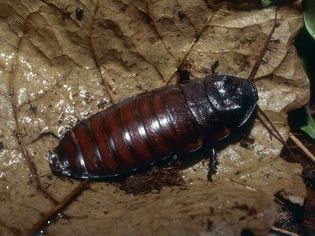
Should You Keep a Madagascar Hissing Cockroach as a Pet?
Have you ever considered keeping a cockroach as a pet? Madagascar hissing cockroaches, otherwise kn...
Read More →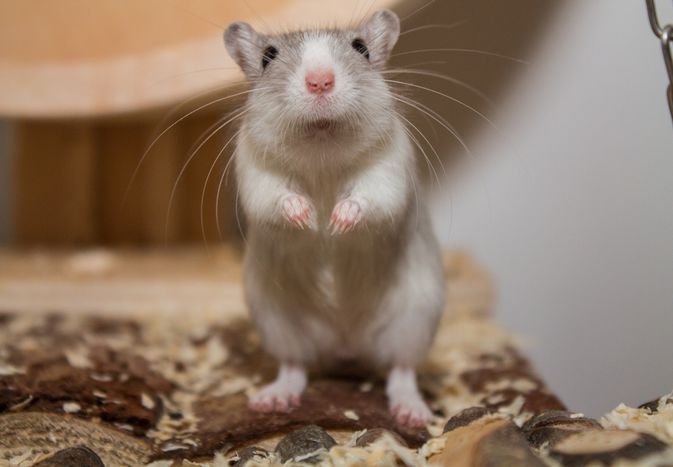
Toys for Gerbils
First and foremost, toys for your gerbils must be safe. Gerbils have a habit of sticking their head...
Read More →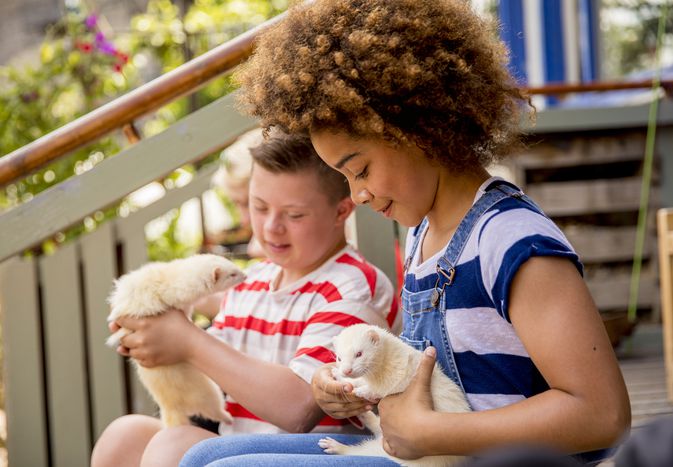
How to Care for a Pet Ferret
Ferrets are playful pets that are very entertaining to watch. These long, slender animals are smart...
Read More →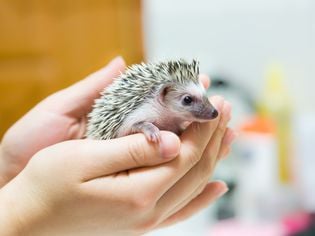
Hedgehog Handling Tips and Basics
Many new hedgehog owners are nervous about handling their spiny pets. Hedgehogs can be handled (the...
Read More →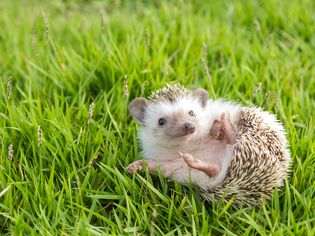
Wobbly Hedgehog Syndrome (WHS)
Hedgehogs are unique pets that have unique health issues like wobbly hedgehog syndrome (WHS). Owner...
Read More →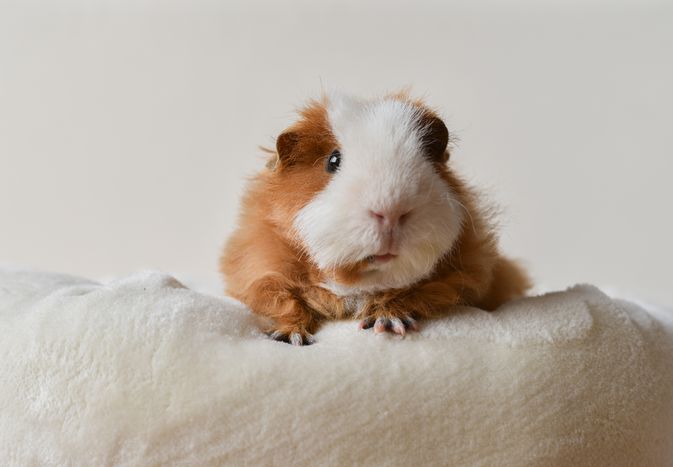
Hair Loss in Guinea Pigs
While there are two breeds of guinea pigs that are naturally not completely covered in fur, if they...
Read More →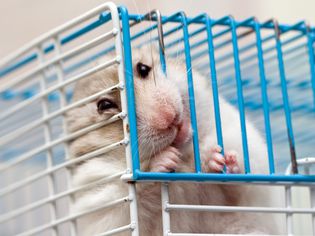
What to Do If Your Hamster Is Biting Its Cage
Hamsters, like other rodents, love to gnaw on things—and cage bars are no exception. Chewing is a...
Read More →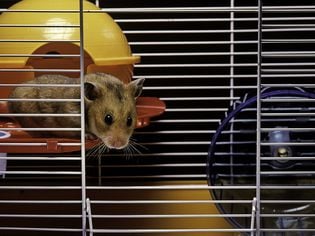
How to Choose the Best Cage for Your Syrian Hamster
One of the most popular species of hamster kept as a pet is the Syrian or golden hamster. Despite t...
Read More →
Tarantula Molting: What to Expect
Tarantula molting is when a tarantula sheds its outer shell to grow. Most tarantulas will molt whil...
Read More →
Comments on "Can Hamsters Eat Fruit?" :